Home>Furniture & Design>Bathroom Accessories>What Is The ADA Height For Grab Bars?
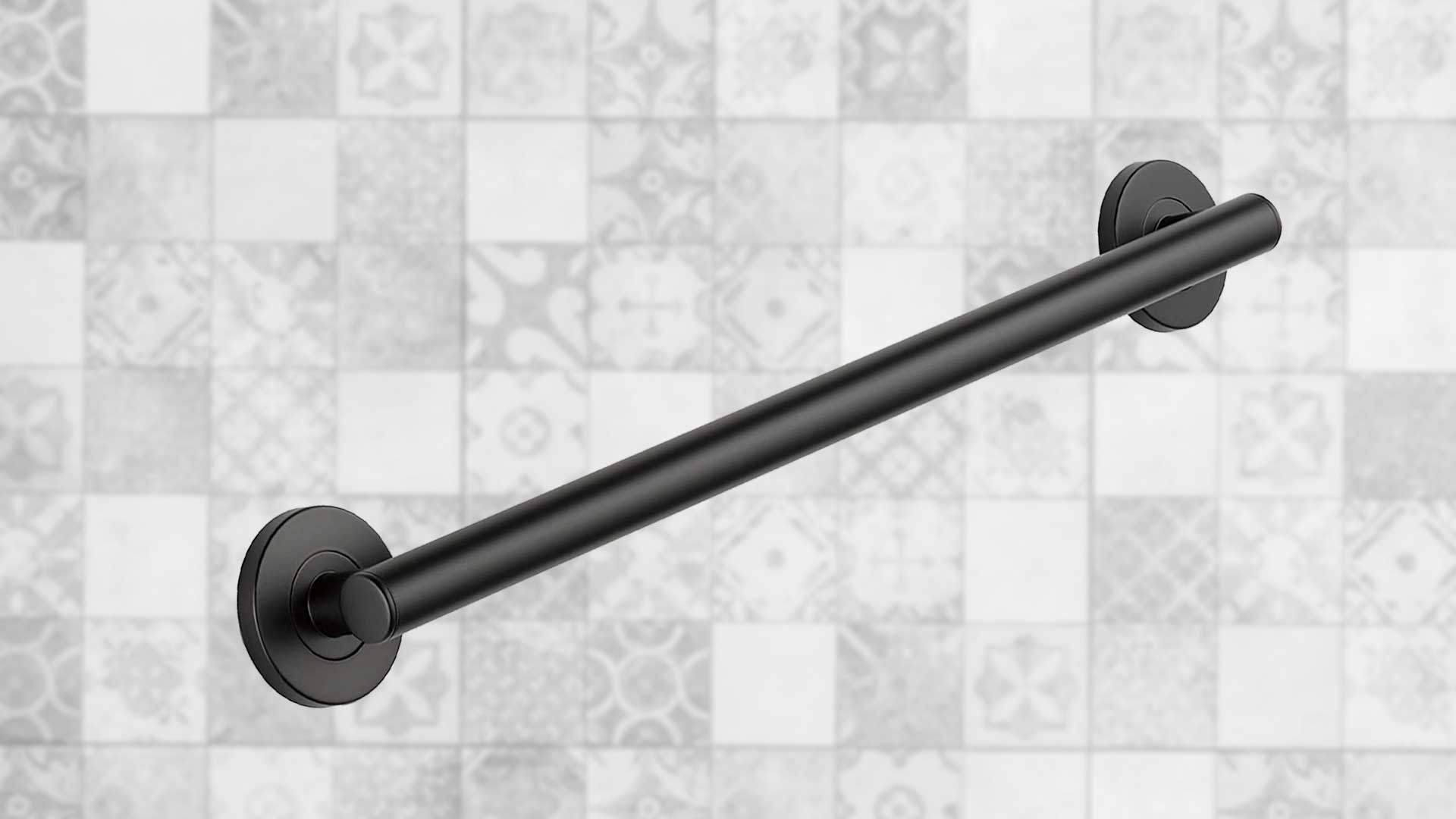

Bathroom Accessories
What Is The ADA Height For Grab Bars?
Modified: October 19, 2024
Discover the ADA height requirements for grab bars and ensure compliance with bathroom accessories. Learn how to install grab bars at the correct height for accessibility and safety.
(Many of the links in this article redirect to a specific reviewed product. Your purchase of these products through affiliate links helps to generate commission for Storables.com, at no extra cost. Learn more)
Introduction
When it comes to creating a safe and accessible bathroom environment, the installation of grab bars is a crucial consideration. These essential bathroom accessories not only provide support and stability for individuals with physical limitations but also contribute to the overall safety of the space. In the United States, the Americans with Disabilities Act (ADA) has established specific guidelines and requirements for the installation of grab bars in public and commercial facilities to ensure accessibility for individuals with disabilities.
Understanding and adhering to the ADA requirements for grab bars is essential for architects, contractors, and homeowners alike. By familiarizing oneself with the ADA standards, individuals can ensure that their bathroom spaces are inclusive and compliant with the law. In this comprehensive guide, we will delve into the specifics of the ADA height requirements for grab bars, providing valuable insights into the installation guidelines and best practices for achieving ADA compliance.
As we navigate through the intricacies of ADA regulations for grab bars, it's important to recognize the significance of these standards in promoting equal access and safety for all individuals. By embracing these guidelines, we not only uphold legal requirements but also demonstrate a commitment to creating inclusive and accessible environments for everyone. Let's embark on this enlightening journey to unravel the ADA height requirements for grab bars and gain a deeper understanding of the pivotal role they play in fostering a universally accessible bathroom experience.
Key Takeaways:
- ADA height requirements for grab bars ensure safe and accessible bathrooms. Bars near toilets and showers should be 33-36 inches high, supporting individuals with diverse mobility needs and promoting independence.
- Installing ADA-compliant grab bars involves precise measurement, secure mounting, material considerations, and professional installation. Following these guidelines creates safe, welcoming, and inclusive bathroom spaces for all users.
Read more: What Is Ada Toilet Height
Understanding ADA Requirements for Grab Bars
The Americans with Disabilities Act (ADA) sets forth comprehensive guidelines to ensure that public and commercial facilities are accessible to individuals with disabilities. These regulations extend to various aspects of architectural design, including the installation of grab bars in bathrooms. Understanding the ADA requirements for grab bars is essential for creating inclusive and safe restroom environments.
ADA-compliant grab bars are designed to provide support and stability for individuals with physical limitations, enhancing their ability to navigate and utilize bathroom facilities independently. These requirements are not only beneficial for individuals with disabilities but also contribute to the overall safety and accessibility of the space for all users.
One of the fundamental aspects of ADA regulations for grab bars is the specification of height requirements. The ADA mandates precise measurements for the placement of grab bars to ensure optimal functionality and accessibility. By adhering to these height requirements, architects, contractors, and homeowners can contribute to the creation of universally accessible bathroom spaces.
Moreover, the ADA emphasizes the importance of grab bar placement in specific areas of the bathroom, such as near toilets and bathing facilities. These strategic placements are intended to facilitate safe and convenient usage for individuals with diverse mobility needs. By aligning with these guidelines, designers and builders can enhance the usability of bathrooms for individuals with disabilities, promoting independence and dignity.
In essence, understanding the ADA requirements for grab bars involves a comprehensive grasp of the specific height measurements, placement guidelines, and functional considerations outlined in the ADA standards. By integrating these requirements into the design and construction of bathroom spaces, individuals can contribute to the creation of inclusive environments that prioritize accessibility and safety for all users.
ADA Height Requirements for Grab Bars
The ADA has established precise height requirements for the installation of grab bars in bathrooms to ensure accessibility and safety for individuals with disabilities. These requirements are meticulously designed to facilitate optimal support and usability, contributing to the creation of universally accessible restroom environments.
According to ADA standards, the height of grab bars installed near toilets should be between 33 to 36 inches above the finished floor. This range is strategically determined to accommodate individuals with diverse mobility needs, allowing for comfortable and secure usage of the grab bars. Additionally, grab bars located beside bathtubs or showers are required to be installed at a height between 33 to 36 inches above the finished floor, promoting consistent accessibility and usability throughout the bathroom space.
The specific height measurements prescribed by the ADA are informed by extensive research and considerations of the varying needs of individuals with disabilities. By adhering to these height requirements, architects, contractors, and homeowners can contribute to the creation of inclusive and accessible bathroom environments that prioritize the safety and independence of all users.
Furthermore, the ADA emphasizes the importance of ensuring that grab bars are installed at a height that enables individuals to reach and utilize them effectively. This consideration is particularly crucial for individuals with mobility challenges, as the proper positioning of grab bars can significantly enhance their ability to maneuver within the bathroom and perform essential tasks independently.
In essence, the ADA height requirements for grab bars serve as a cornerstone for promoting accessibility and inclusivity in bathroom design. By meticulously adhering to these standards, individuals can play a pivotal role in creating restroom spaces that are welcoming, safe, and functional for individuals with disabilities, ultimately fostering a more equitable and inclusive built environment.
The ADA height for grab bars in a bathroom is between 33-36 inches above the finished floor. This provides support for people with disabilities to safely use the bathroom.
Installation Guidelines for ADA-Compliant Grab Bars
Ensuring the proper installation of grab bars in compliance with ADA standards is essential for creating accessible and safe bathroom environments. The following guidelines outline the key considerations and best practices for installing ADA-compliant grab bars:
-
Precise Measurement: When installing grab bars near toilets, it is crucial to adhere to the ADA-prescribed height range of 33 to 36 inches above the finished floor. This precise measurement is essential for accommodating individuals with diverse mobility needs and ensuring optimal support and usability.
-
Secure Mounting: ADA-compliant grab bars must be securely mounted to the wall to withstand the weight and pressure exerted during use. It is imperative to utilize appropriate mounting hardware and follow manufacturer guidelines to ensure the stability and reliability of the grab bars.
-
Structural Reinforcement: Prior to installation, it is essential to assess the structural integrity of the wall where the grab bars will be mounted. Adequate reinforcement, such as the use of blocking or suitable wall anchors, is necessary to support the grab bars and prevent potential accidents or failures.
-
Consideration of Material and Finish: Selecting grab bars made of durable and easy-to-clean materials is essential for long-term functionality and maintenance. Additionally, the finish of the grab bars should minimize the risk of slippage and corrosion, contributing to a safe and hygienic bathroom environment.
-
Strategic Placement: ADA guidelines emphasize the strategic placement of grab bars to ensure optimal accessibility and usability. Grab bars should be positioned to facilitate seamless support and assistance for individuals with disabilities, enhancing their ability to navigate and utilize bathroom facilities independently.
-
Professional Installation: Engaging the services of experienced professionals for the installation of ADA-compliant grab bars is highly recommended. Qualified contractors or installers possess the expertise and knowledge to ensure that grab bars are installed in accordance with ADA standards, promoting safety and compliance.
By meticulously adhering to these installation guidelines, architects, contractors, and homeowners can contribute to the creation of universally accessible bathroom spaces that prioritize the safety, independence, and dignity of all individuals. Embracing these best practices not only fosters compliance with ADA regulations but also underscores a commitment to inclusivity and accessibility in architectural design and construction.
Conclusion
In conclusion, the ADA height requirements for grab bars play a pivotal role in promoting accessibility, safety, and inclusivity in bathroom design. By meticulously adhering to these standards, architects, contractors, and homeowners can contribute to the creation of universally accessible restroom environments that prioritize the needs of individuals with disabilities. The precise height measurements prescribed by the ADA, ranging from 33 to 36 inches above the finished floor for grab bars near toilets and bathing facilities, are strategically designed to accommodate individuals with diverse mobility needs, ensuring optimal support and usability.
Furthermore, the installation guidelines for ADA-compliant grab bars underscore the importance of precise measurement, secure mounting, structural reinforcement, material considerations, strategic placement, and professional installation. These best practices are instrumental in ensuring that grab bars not only meet ADA standards but also contribute to the creation of safe, functional, and welcoming bathroom spaces for all users.
By embracing the ADA requirements for grab bars and integrating them into the design and construction of bathroom facilities, individuals demonstrate a commitment to upholding legal standards and fostering inclusivity. The impact of ADA-compliant grab bars extends beyond mere compliance; it reflects a dedication to creating environments that prioritize the safety, independence, and dignity of individuals with disabilities.
As we navigate the complexities of architectural design and construction, it is imperative to recognize the transformative power of adhering to ADA standards. By embracing these guidelines, we contribute to the cultivation of a built environment that is accessible, welcoming, and equitable for all individuals, regardless of their physical abilities. Ultimately, the integration of ADA-compliant grab bars serves as a testament to our collective commitment to creating inclusive spaces that empower and support every individual.
In essence, the journey to understanding and implementing the ADA height requirements for grab bars is a testament to our dedication to creating environments that transcend physical barriers and embrace the principles of accessibility and inclusivity. By upholding these standards, we pave the way for a more inclusive and equitable future, where every individual can navigate and utilize bathroom facilities with confidence, independence, and dignity.
Frequently Asked Questions about What Is The ADA Height For Grab Bars?
Was this page helpful?
At Storables.com, we guarantee accurate and reliable information. Our content, validated by Expert Board Contributors, is crafted following stringent Editorial Policies. We're committed to providing you with well-researched, expert-backed insights for all your informational needs.
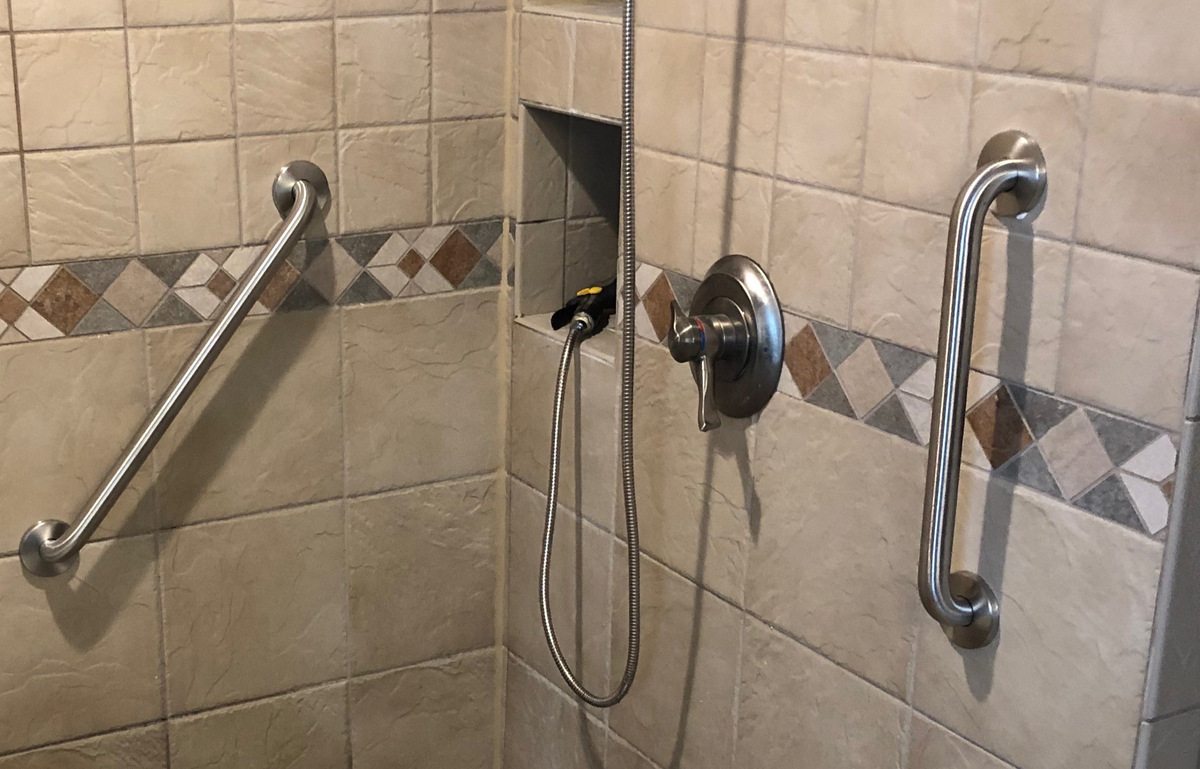
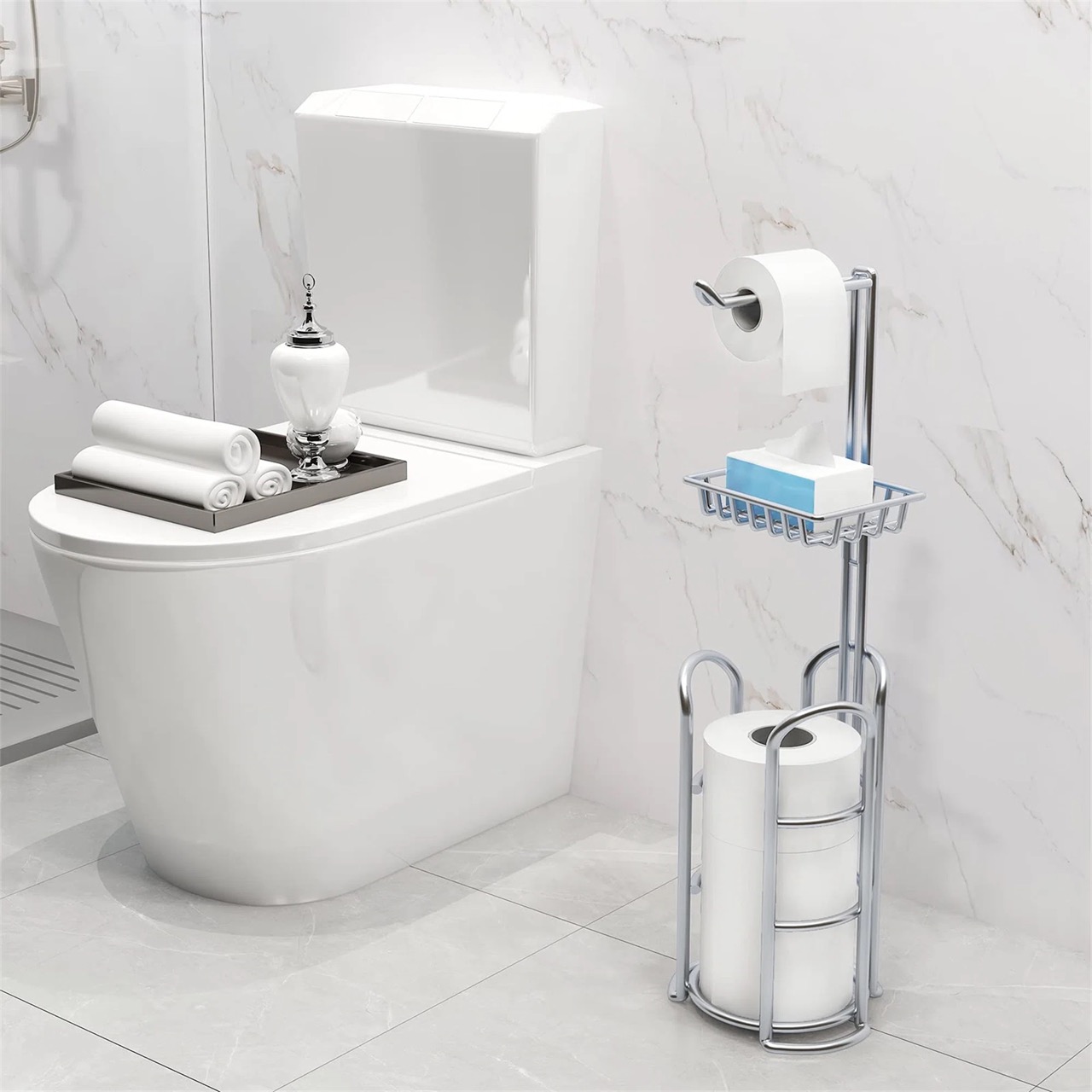
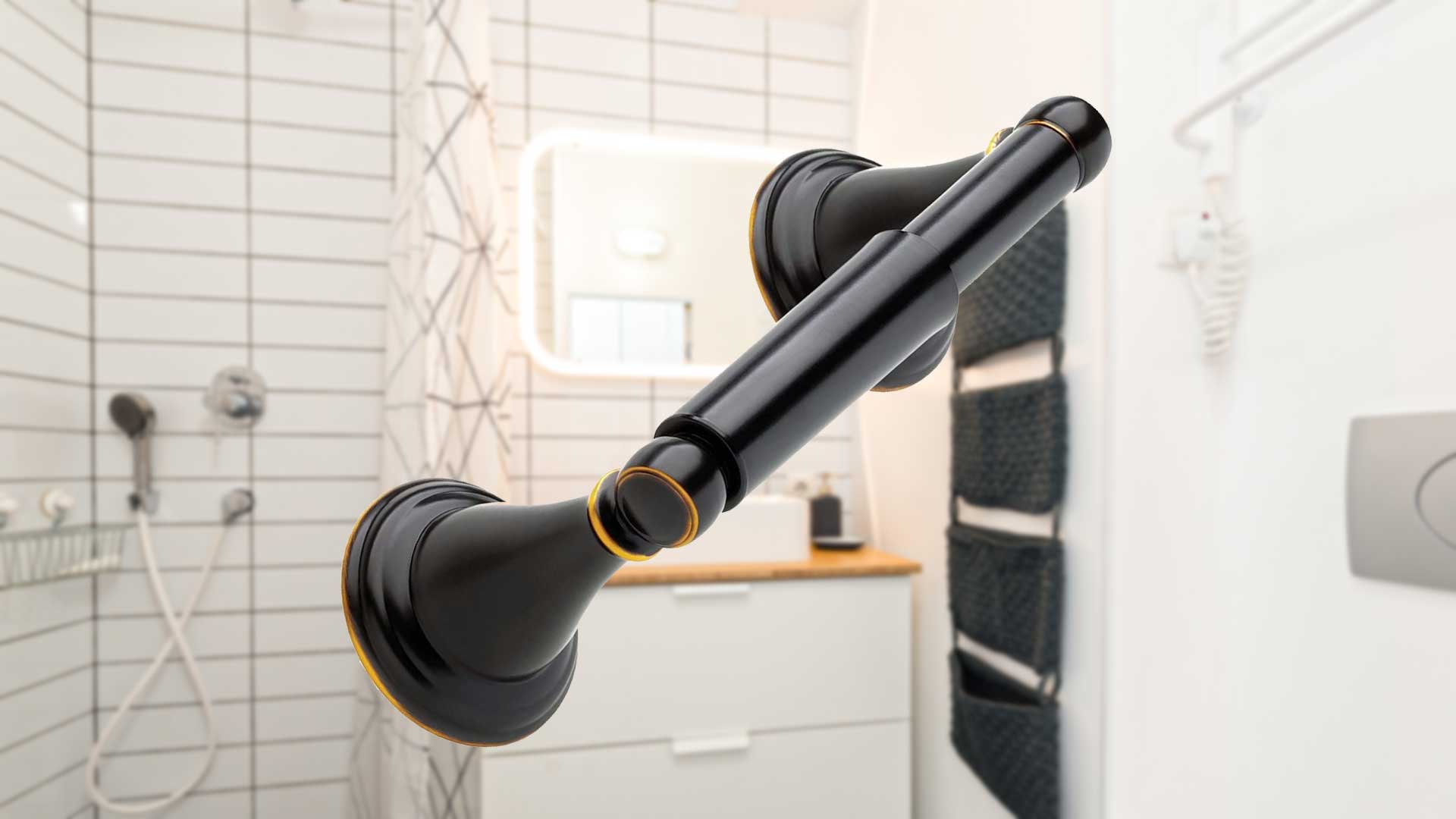
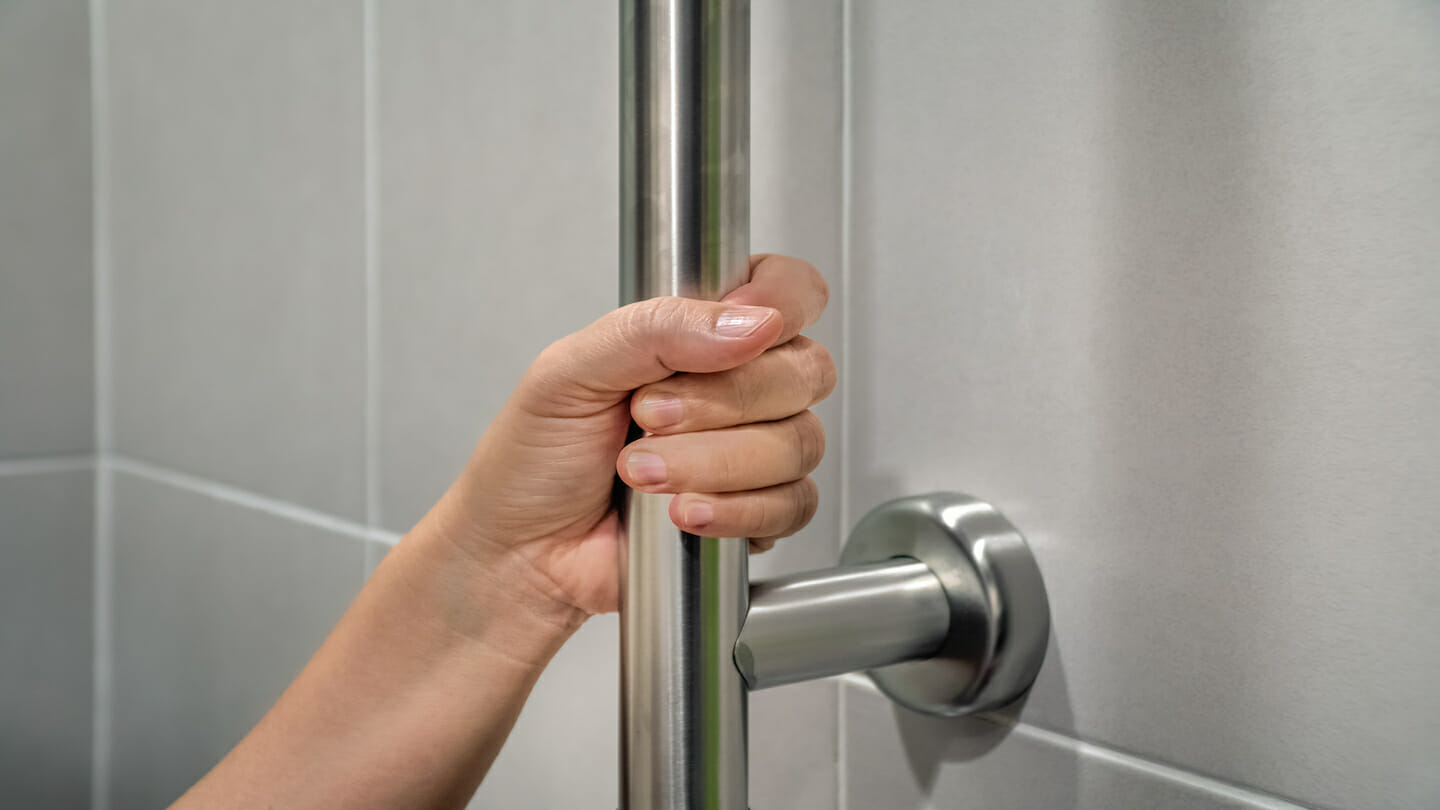
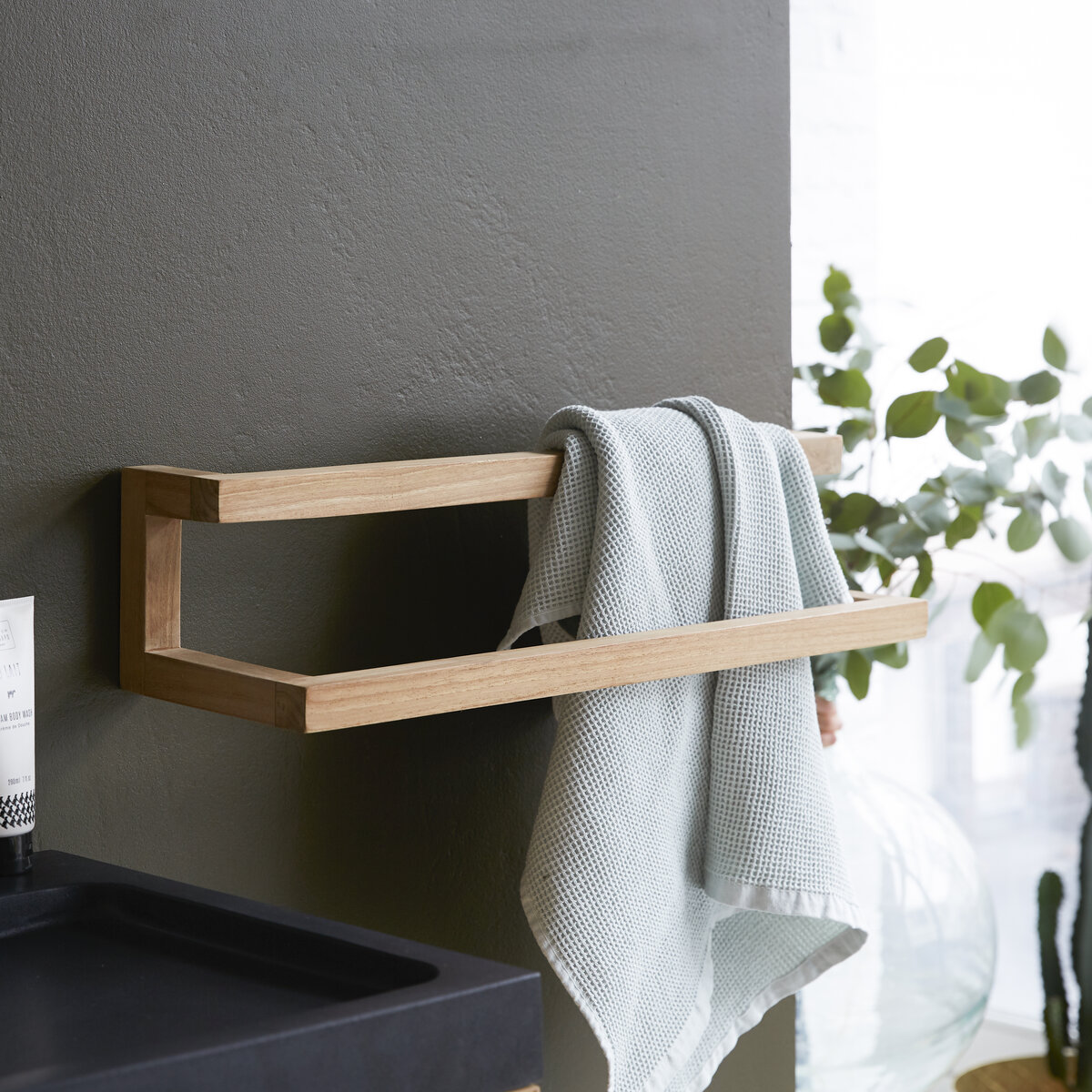
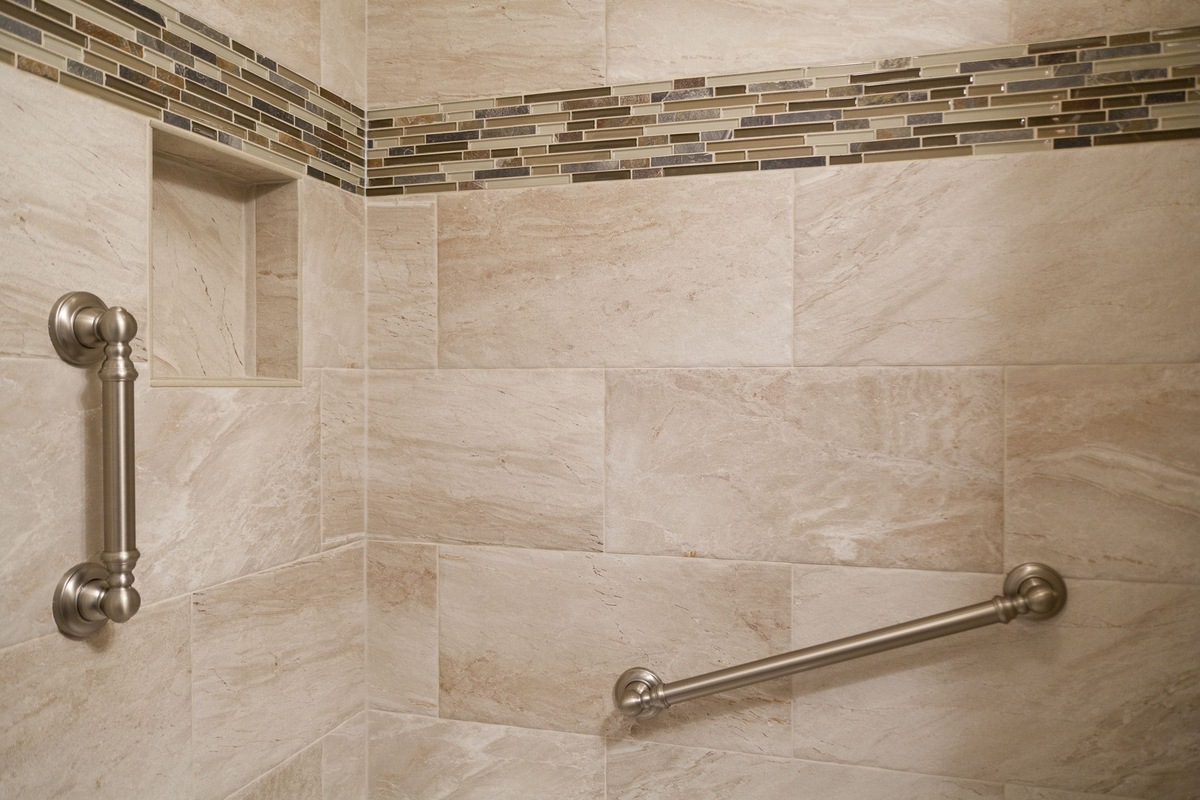

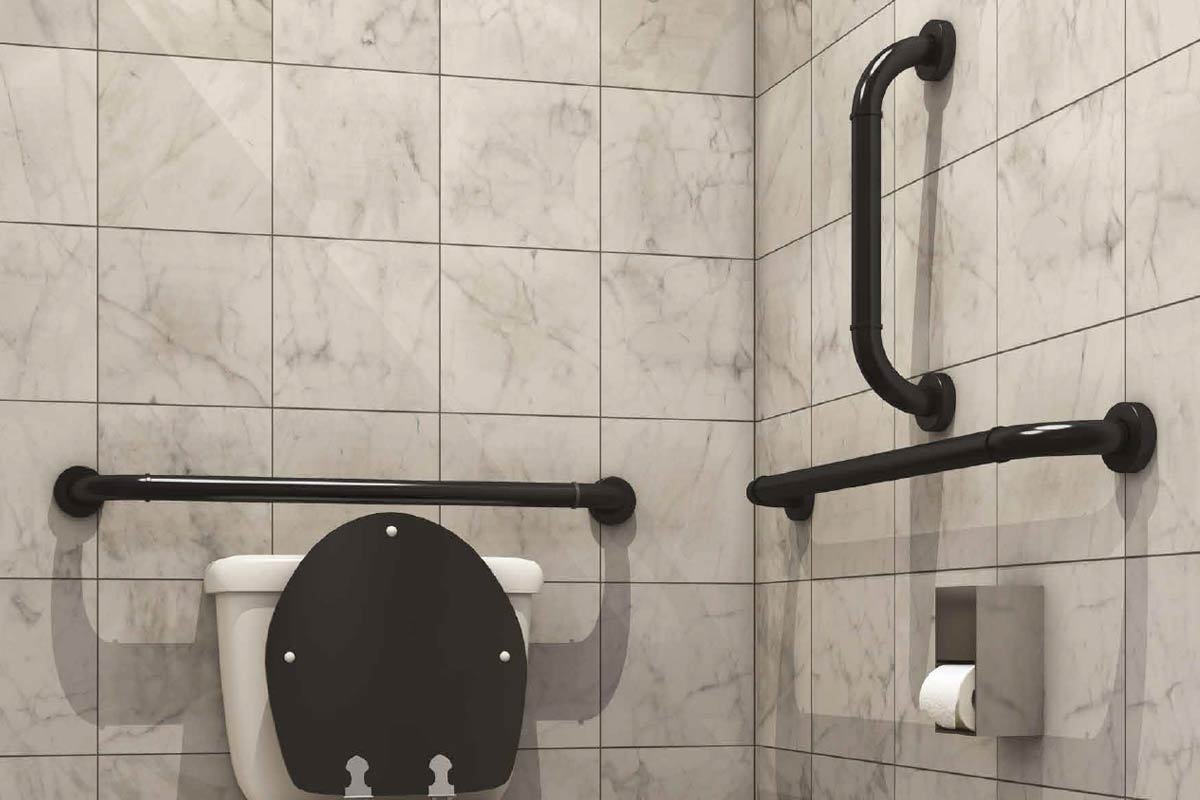
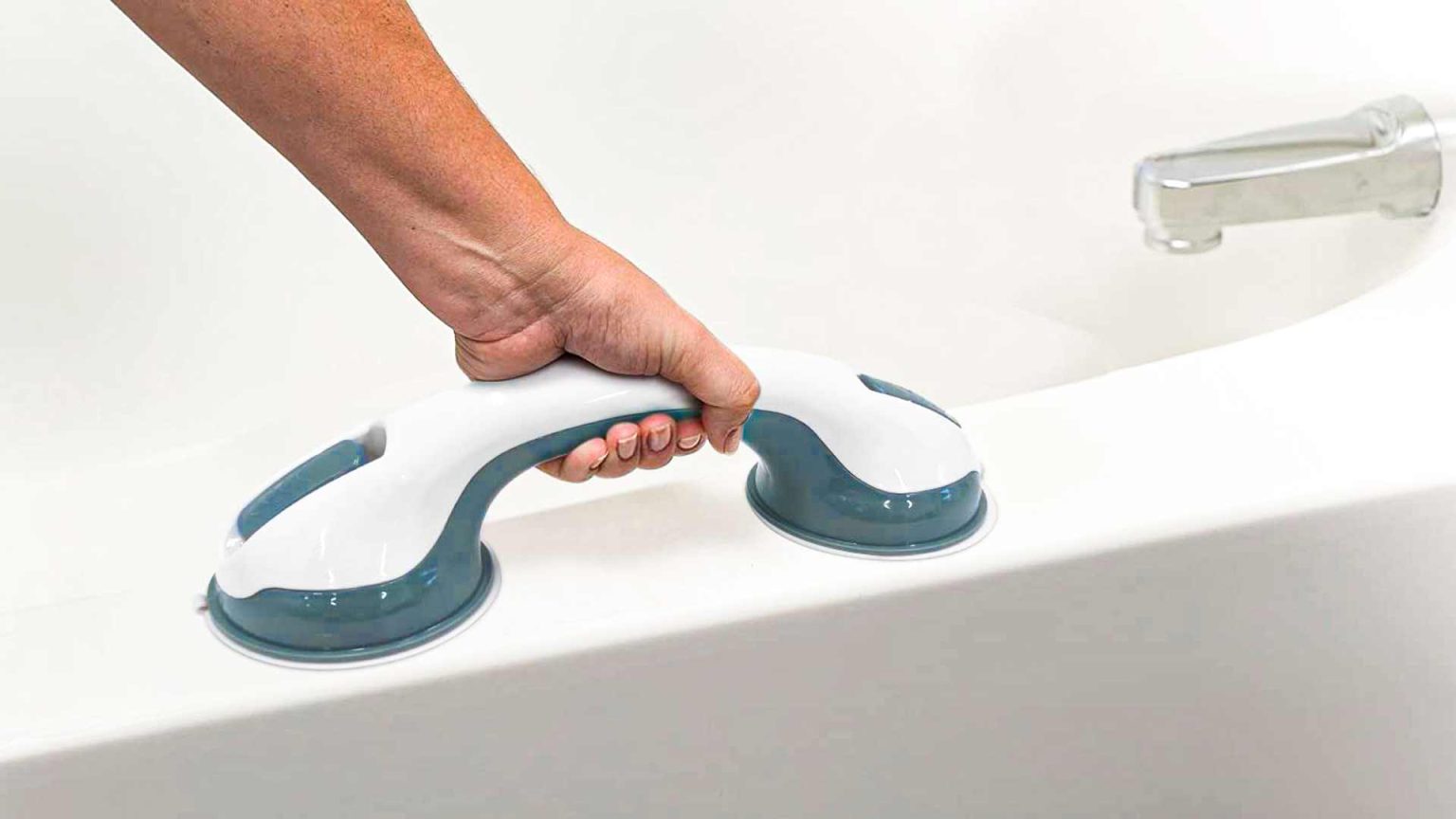
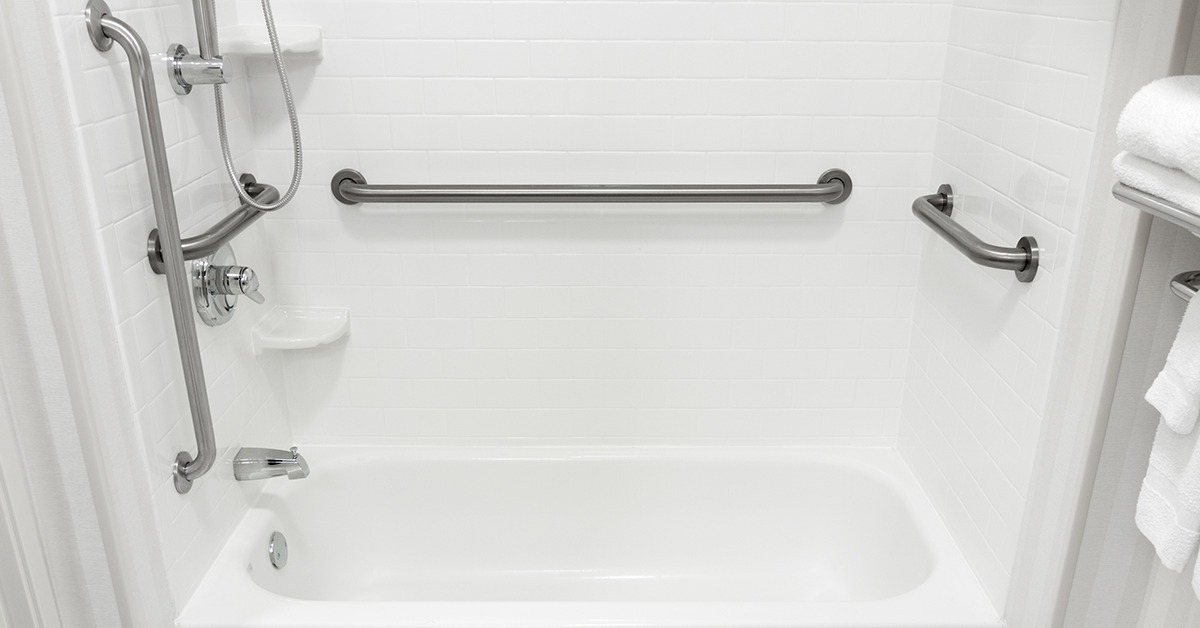
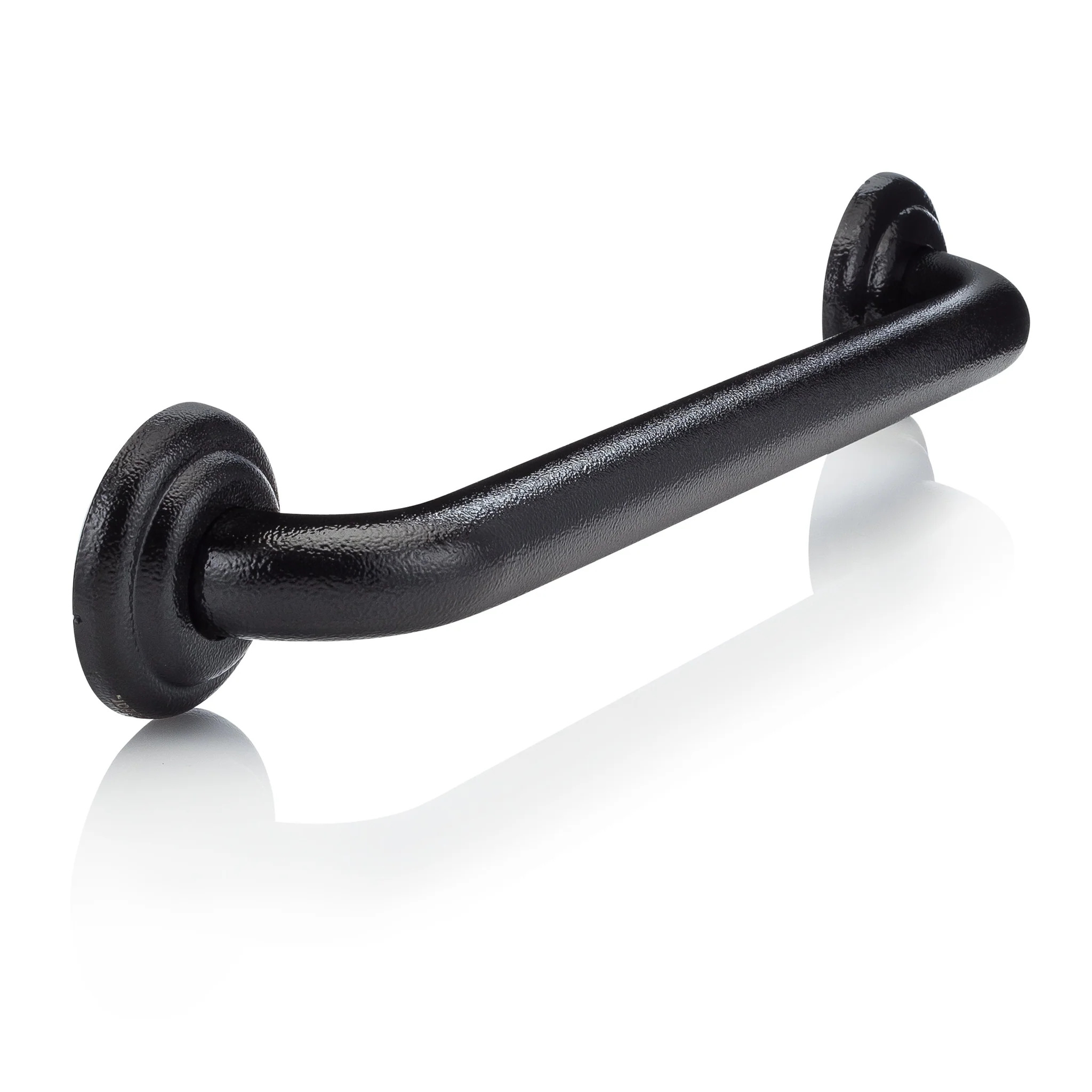
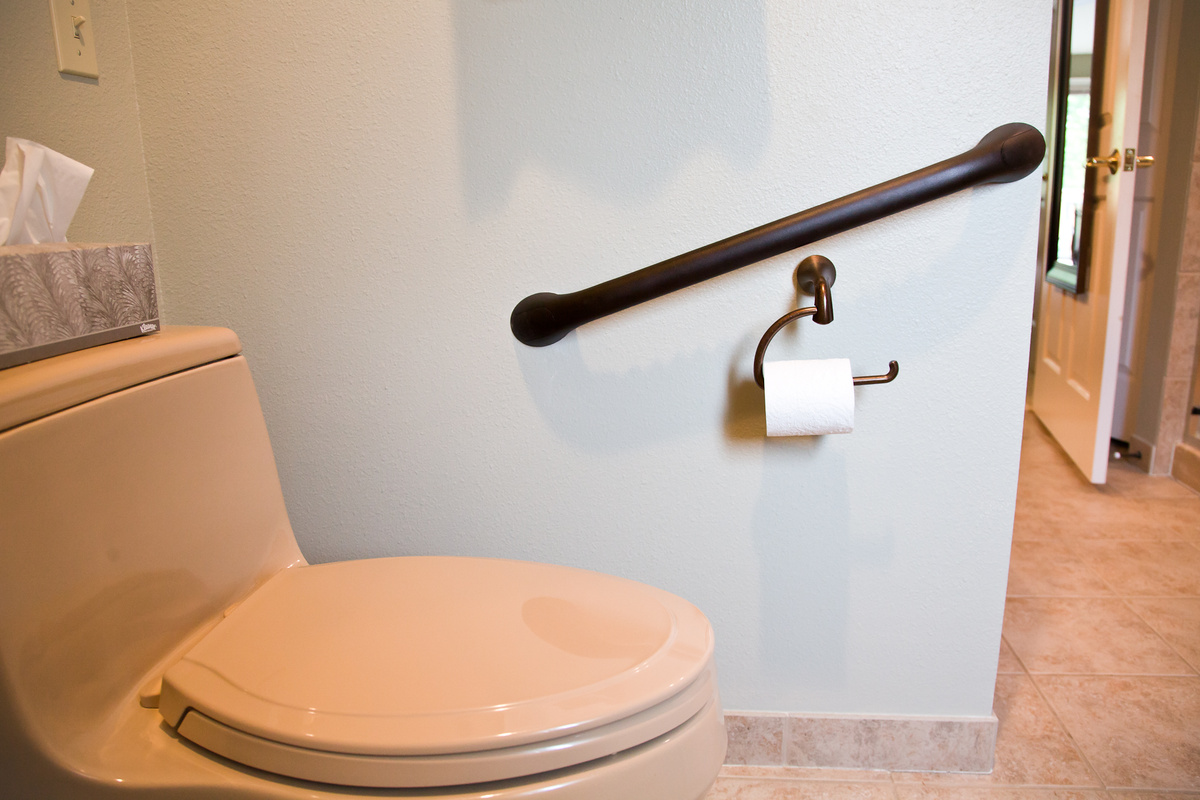
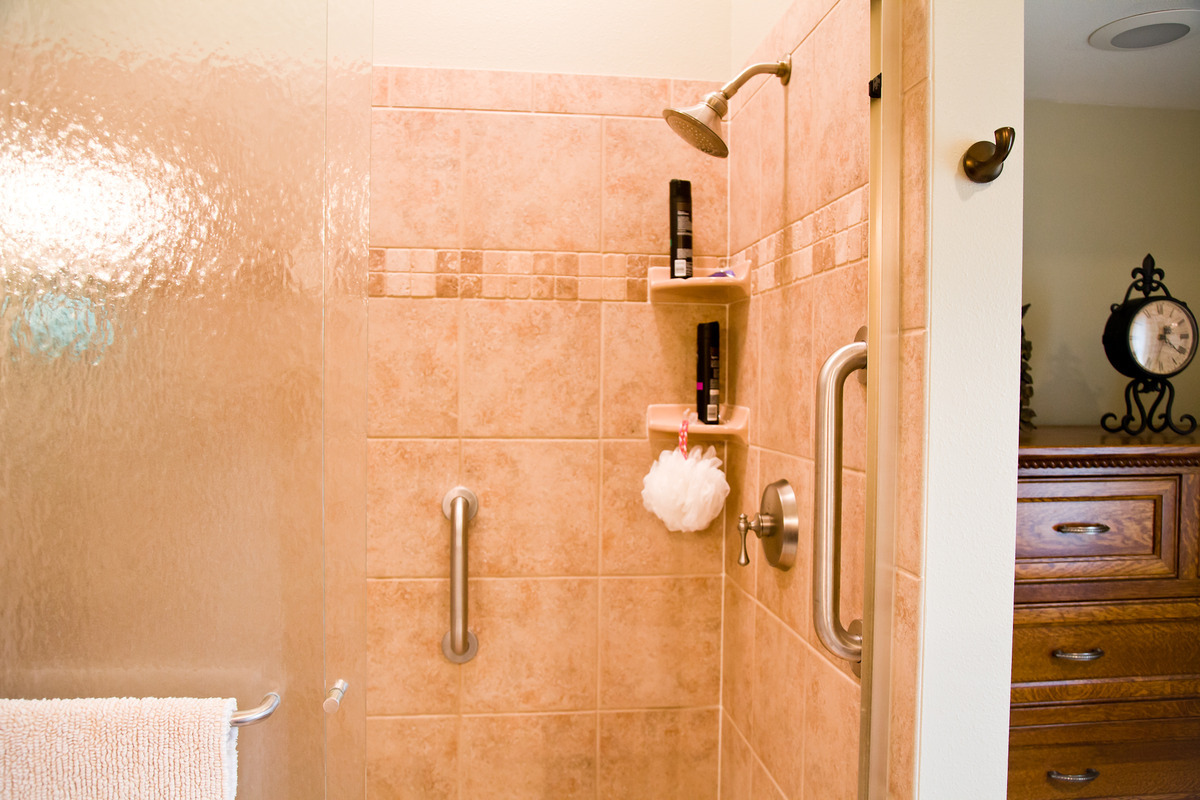
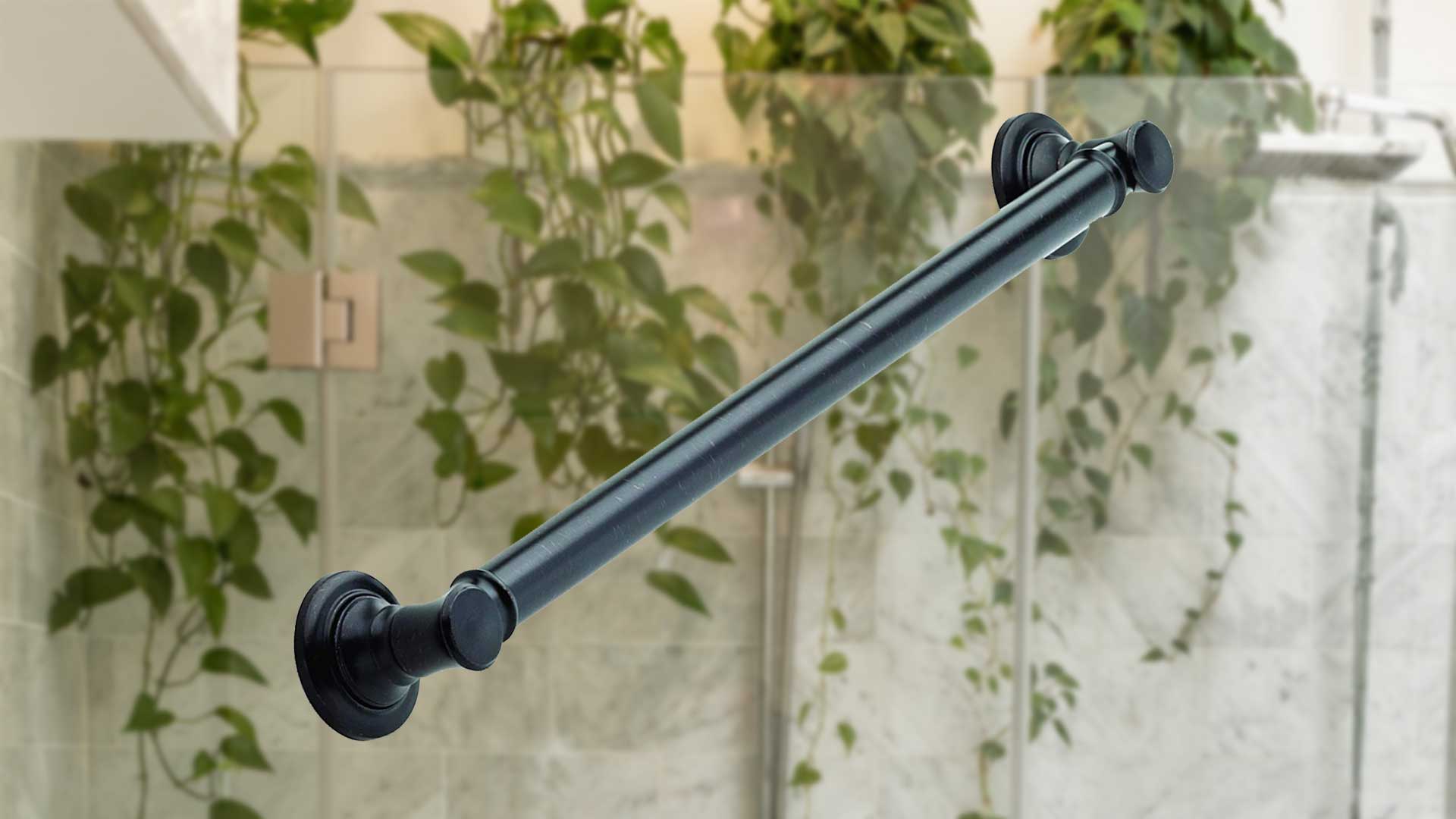
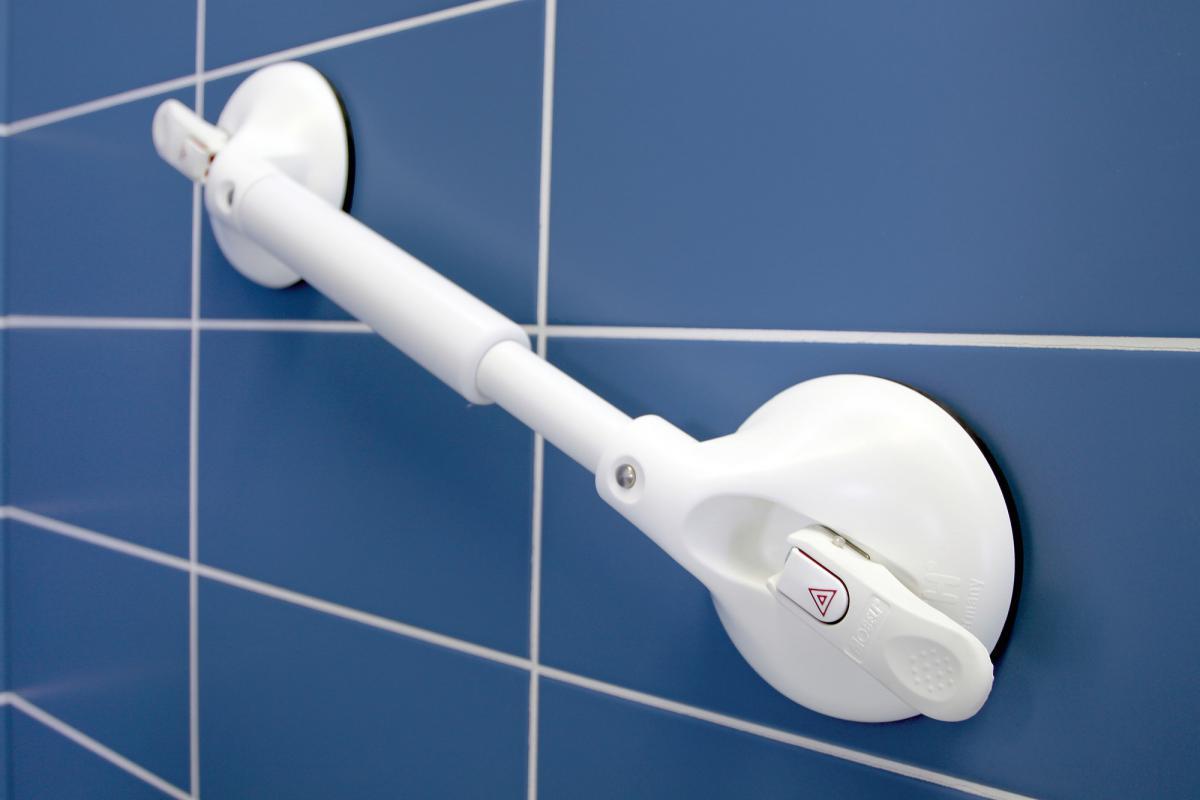

0 thoughts on “What Is The ADA Height For Grab Bars?”